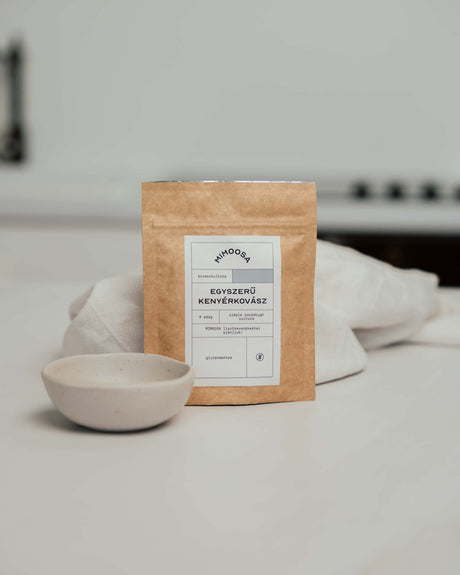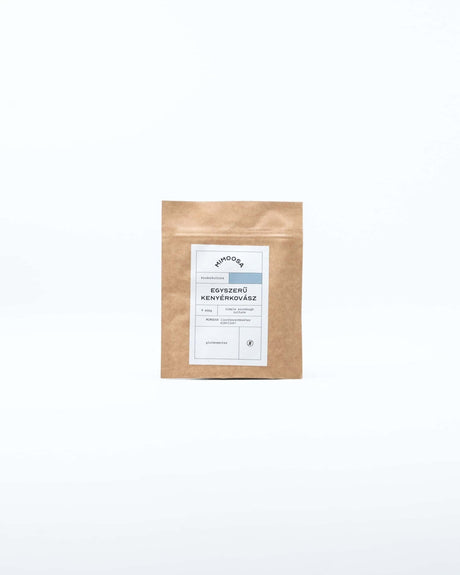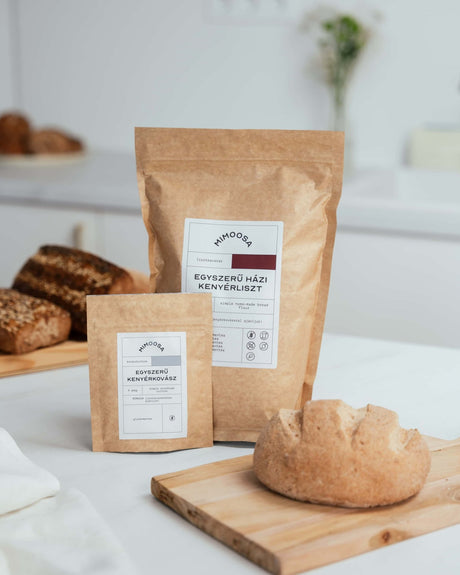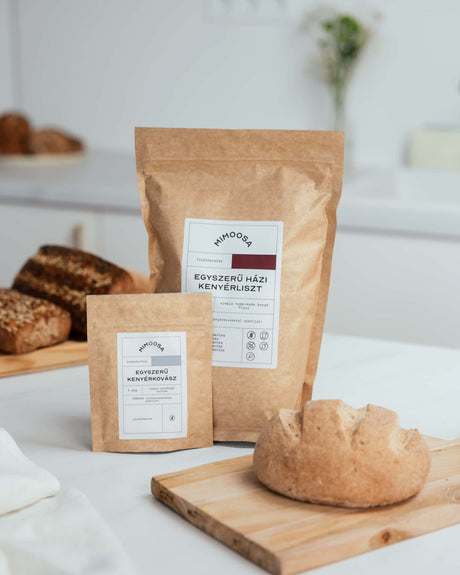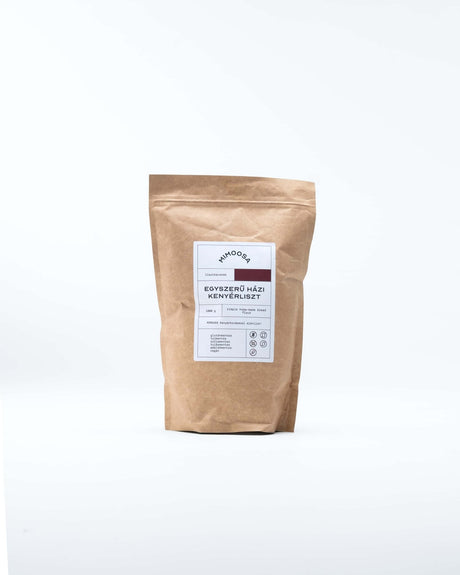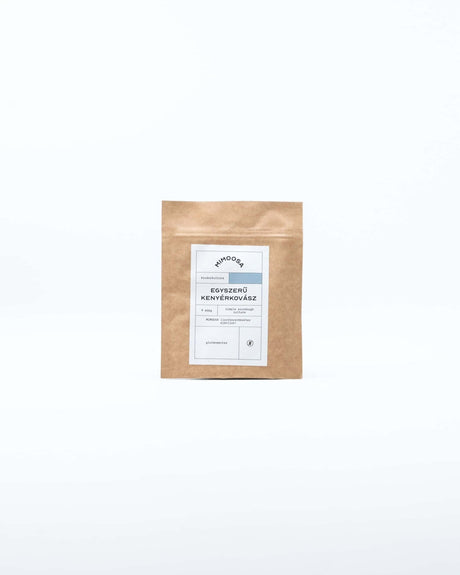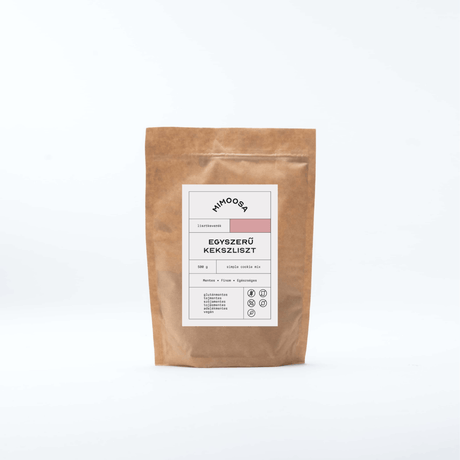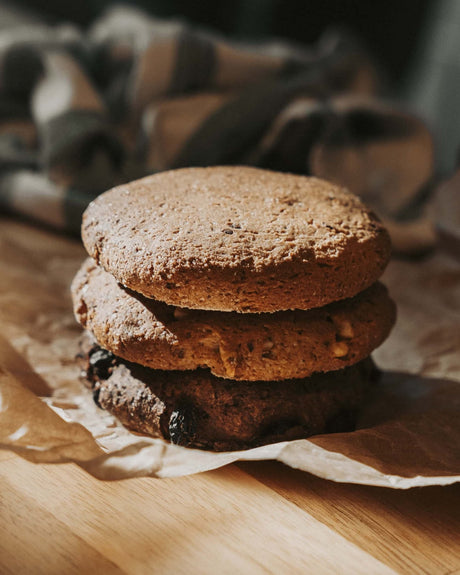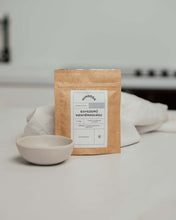You ask. We answer!
Frequently asked questions
Here you’ll find solutions to all your questions!
The Mimoosa FAQ page helps you navigate orders, shipping, payment, and other important information. Browse through the frequently asked questions, and if you have any further inquiries, feel free to contact us!
Orders
How can I order from Mimoosa?
How can I order from Mimoosa?
It’s very simple! Browse the webshop, select your favorite products, add them to your cart, and click the “Proceed to Checkout” button. All you need to do is enter your shipping and payment details, and you’re done!
How can I modify or cancel my order?
How can I modify or cancel my order?
If you want to modify your order, email us as soon as possible at hello@mimoosa.com. As long as we haven’t handed the package over to the courier, we can make any changes.
What happens if I receive a damaged or incomplete package?
What happens if I receive a damaged or incomplete package?
If your package arrives damaged, don’t worry! Please contact us via email (hello@mimoosa.com) or phone (+36703298114). We’ll look into it quickly and resolve the issue.
How can I get an invoice for my order?
How can I get an invoice for my order?
The invoice will be sent automatically via email as soon as we receive the payment for your order. If you can’t find it, please check your spam folder, or contact us and we’ll resend it. You will receive the email from Számlázz.hu. If you’d like your tax number to be included on the invoice, please get in touch with us.
Is there an option for wholesale orders?
Is there an option for wholesale orders?
Of course! If you would like to purchase in larger quantities, for example as a reseller, please email us at management@mimoosa.com, and we will discuss the details.
Where can I find Mimoosa products on store shelves?
Where can I find Mimoosa products on store shelves?
Currently, Mimoosa products are only available for purchase on our webshop and are not yet found in stores. However, starting in January 2025, they will be available in stores! If you would like our products to be sold in stores near you, feel free to let the store know that you would be happy to buy them there. This greatly helps us expand to more locations. Additionally, we welcome your suggestions on which stores you’d like to see Mimoosa products in! Contact us, and we’ll do our best to reach out to the store you suggest.
Payment
How can I pay?
How can I pay?
At the Mimoosa webshop, you can choose from several payment methods to make your purchase convenient and secure:
- Online bank card payment: We accept the most common credit cards, such as Visa, Mastercard, and American Express. Transactions are processed through the secure Stripe system and comply with the strictest privacy regulations (PCI DSS).
- PayPal: You can use your PayPal account for fast and convenient payment. PayPal allows you to complete your purchase without entering card details.
- Bank transfer: You can settle your purchase via bank transfer. The necessary information for the transfer will be provided during the checkout process and in the confirmation email. As soon as the payment is received, we will start processing your order.
- Cash on delivery: You can pay the order amount in cash or by card when receiving the package, depending on the courier’s available payment options.
Is online payment secure?
Is online payment secure?
Yes, the payment is fully secure. Our website uses the most advanced encryption technologies to protect your personal and payment information.
Card payments are processed through the Stripe system, one of the most reliable payment providers in the world. Stripe complies with the strictest data protection and security regulations. It’s important to note that Mimoosa does not store card details - these are processed solely within the Stripe system.
Can I pay by bank transfer?
Can I pay by bank transfer?
Yes, you can pay by bank transfer (prepayment). When you choose bank transfer during the checkout process, the necessary details for the transfer will be displayed immediately. You can also find this information on the confirmation page after placing your order, and we will send it to you via email as well.
Bank transfer details:
Name: FREEDAFOOD KFT.
Account number: 11600006-00000000-83975682
IBAN: HU84 1160 0006 0000 0000 8397 5682
BIC/SWIFT: GIBAHUHB
REFERENCE: ORDER NUMBER
Once the payment is received, we will immediately start processing and shipping your order. If you have any questions regarding the transfer, feel free to contact us!
Fizethetek utánvéttel?
Fizethetek utánvéttel?
Yes, cash on delivery is available. If you choose this option, you will need to pay the courier when receiving the package, either in cash or by card. The cash on delivery fee is 400 Ft.
Shipping
What are the shipping costs?
What are the shipping costs?
The shipping cost is automatically calculated by the system, and you will see all available shipping options on the checkout page.
For orders over 22,000 Ft, certain shipping methods are free within Hungary.
Shipping fees depend on the selected shipping method and the order total:
GLS Parcel Shop and Parcel Locker:
For orders up to 21,999 Ft: 1,200 Ft
For orders over 22,000 Ft: free
GLS Home Delivery:
For orders up to 21,999 Ft: 2,300 Ft
For orders over 22,000 Ft: free
MPL Parcel Locker and Postpoint: 1,500 Ft
MPL Home Delivery: 3,000 Ft
The cash on delivery fee is 400 Ft for all shipping methods.
For more details on shipping terms and international shipping fees, please visit the shipping information page!
Which countries do you ship to?
Which countries do you ship to?
Currently, we ship to the following countries:
- Austria
- Belgium
- Bulgaria
- Czech Republic
- Netherlands
- Croatia
- Poland
- Luxembourg
- Hungary
- Germany
- Romania
- Slovakia
- Slovenia
All orders are processed in Hungarian Forints (HUF).
How long will it take for my order to arrive?
How long will it take for my order to arrive?
Orders within Hungary are generally delivered within 3–5 business days, but we strive to get every package to you as quickly as possible. The exact delivery time depends on the selected shipping method:
- For GLS shipping methods: 2–4 business days
- For MPL shipping methods: 3–9 business days
If there are any unforeseen delays, we will inform you promptly to keep you updated on the status of your order.
How will I be informed about the status of my order?
How will I be informed about the status of my order?
You will receive multiple emails about the status of your order, so there will be no surprises.
1. After placing your order – Confirmation email:
After successfully placing your order, you will receive an automatic confirmation email containing the order details (products, total amount, shipping address, etc.).
2. When your package is shipped – Shipping notification:
Once we hand over your order to the courier service, you will receive another email notifying you of the shipment. This email will include shipping information such as the tracking number and the name of the courier (GLS or MPL).
3. Courier service email:
The courier service will also send you an email with delivery details.
Package tracking:
You can track your package using the tracking number in the email through the courier’s website:
GLS tracking: GLS tracking
MPL tracking: MPL tracking
If you did not receive an email, please contact us, and we will be happy to assist you!
What happens if I am not at home during delivery?
What happens if I am not at home during delivery?
If you are not at home during the delivery, you have the following options to receive your package:
For GLS:
Notification: The courier will leave a notice containing details about rescheduling the delivery.
Reschedule Delivery: Based on the notice, you can arrange a new delivery time.
Parcel Point or Locker: GLS may redirect the package to a nearby ParcelShop or parcel locker, where it will be stored for 5 business days, so you can conveniently pick it up.
For MPL:
Redelivery Attempt: MPL will attempt delivery twice.
Postal Pickup: If delivery fails, the package will be placed at the nearest post office or parcel locker, where it will be stored for 5 or 10 business days, depending on the sender’s choice.
Notification: You will receive a notice containing the exact pickup location address and the package tracking number.
General product information
Are the flours guaranteed to be gluten-free?
Are the flours guaranteed to be gluten-free?
Yes! All our products are gluten-free, meaning they have not come into contact with gluten at any point from the field to your kitchen. The manufacturing facility works exclusively with gluten-free ingredients. You can confidently enjoy treats made from our flours even if you have been diagnosed with celiac disease – two members of the MIMOOSA team share the same experience, so we understand your concerns.
How should I store the flour?
How should I store the flour?
Store the flours in a dry place, protected from direct sunlight. The ideal temperature is room temperature, between 18–22°C. Mimoosa flours come in practical resealable packaging, allowing you to easily close the bag after use to protect the flour from moisture and air. If you prefer, you can also transfer it to an airtight container or jar.
How should I store the sourdough culture?
How should I store the sourdough culture?
The sourdough cultures must be stored in the freezer!
The Simple Sourdough culture and Lactose-free Sourdough culture can be stored at room temperature in unopened packaging for up to 10 days without quality deterioration. This is why shipping without freezing is not an issue. However, after opening, they must always be kept in the freezer at -18°C.
Sourdough culture
Why is sourdough healthy?
Why is sourdough healthy?
In sourdough – traditionally a fermented mixture of flour and water – bacteria are formed that support gut flora and digestion. According to our latest knowledge, the health of our digestive system plays an even more crucial role in our quality of life than previously thought. In bread made with sourdough, the bacteria and yeast continue the fermentation process, which is highly beneficial for us. During long fermentation, the grain ground into flour undergoes a kind of pre-digestion process – making it easier to digest.
What does sourdough culture mean?
What does sourdough culture mean?
The sourdough culture contains the beneficial components of traditionally made sourdough, namely lactic acid bacteria and yeast. In other words, this is not a powdered version of traditional sourdough but a blend that contains the beneficial components.
Are the bacteria in traditional sourdough or sourdough culture better?
Are the bacteria in traditional sourdough or sourdough culture better?
There is no difference in the structure, benefits, or impact on the bread-making process between the bacteria and yeast. The sourdough culture contains the same lactic acid bacteria and selected yeast strains found in traditional sourdough.
What is the difference between traditional sourdough and sourdough culture?
What is the difference between traditional sourdough and sourdough culture?
Traditional sourdough differs from its modern counterpart in that, due to homemade conditions, the ratio of microorganisms required for fermentation is always different. This is why we say, “as many houses, as many sourdoughs” – or more precisely, “as many sourdoughs, as many bacterial compositions.” We can most clearly experience this fact when our fed sourdough unexpectedly spoils, or when one time the sourdough bread turns out well, and another time it doesn’t. The varying results are due to the varied sourdough compositions, which we can only influence to a small extent. In contrast, sourdough culture always contains the necessary components for fermentation in the same proportions. Therefore, bread made with this culture only contains beneficial bacteria and yeast.
Is there really yeast in sourdough?
Is there really yeast in sourdough?
Yes! Yeast is an essential component of sourdough bread. There is no sourdough without yeast. During homemade sourdough preparation, the yeast naturally present in the flour, air, and surfaces begins to multiply during the fermentation process. The bubbles that appear in the sourdough indicate that the yeast is already working, producing carbon dioxide. This carbon dioxide is what makes our bread light and porous. In other words, without yeast in the sourdough, the bread would remain flat.
What are carriers?
What are carriers?
Since the microorganisms in sourdough culture are invisible to the naked eye, a carrier substance is needed to which these bacteria can attach, making them manageable. In MIMOOSA Simple Sourdough, this substance is maltodextrin and sucrose.
The bread-making process
How should I shape the dough?
How should I shape the dough?
With the help of golden flaxseed and psyllium husk, the dough comes together beautifully and quickly. These two super ingredients can replace gluten quite effectively in this phase, but once the dough’s structure is formed, the ingredients start to behave “on their own.” It’s worth planning ahead the shape of the bread, because its texture changes in a matter of minutes. Once it “comes together,” it becomes difficult to shape, and at times, it might seem “breakable.” This does not affect its ability to bake; it just becomes hard to mold further.
What type of flour should go under the bread in the oven?
What type of flour should go under the bread in the oven?
The simplest option is to sprinkle a small amount of MIMOOSA flour blend under the bread. However, if you don’t want to use the bread flour, gluten-free rice flour is perfect for this purpose, but any other additive-free, gluten-free flour will also work.
What makes the bread crust crispy?
What makes the bread crust crispy?
The bread crust can be made crispier with a little steam. The oven also greatly influences the formation of the crust. We could say that each oven produces a different kind of bread. It may be necessary to experiment with the temperature to find the best one for the finest, most textured crust. However, gluten-free bread will never have a “gluten-like” crispy crust, unfortunately.
How do you create steam in the oven?
How do you create steam in the oven?
If the oven doesn’t have a steam function, the simplest solution is to place a small dish of water at the bottom of the oven. You can also splash a little water onto the hot oven floor, but an even easier method is to throw a few ice cubes onto the rack or the bottom before closing the oven door over the bread.
The baked bread
How can the inside of the bread be more porous next time?
How can the inside of the bread be more porous next time?
Due to its additive-free composition, bread made from MIMOOSA flour tends to be a bit denser, similar to rye bread. However, the porosity that develops during sourdough or yeast fermentation can be influenced by the temperature or the length of the rising process. If a “lighter” bread is the goal, it’s worth trying a 24-hour sourdough fermentation at room temperature. With yeast, you can also increase the fermentation time or the temperature: in the oven, at 45-50°C, the dough will rise faster and better. It may also help to add slightly more water than the recipe calls for, such as 260-280 grams instead of 250 grams – however, this will make the dough softer and harder to shape.
Why is the inside of the baked bread slightly moist?
Why is the inside of the baked bread slightly moist?
The moistness could be caused by cutting the bread before allowing it to cool. However, the variety of ovens also contributes to this phenomenon, and it’s possible that the bread needs a few more minutes in the particular oven to bake perfectly through.








